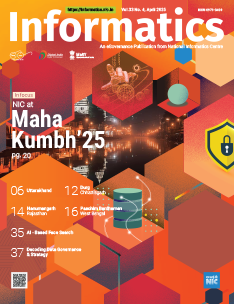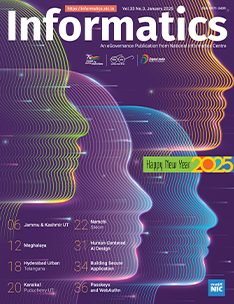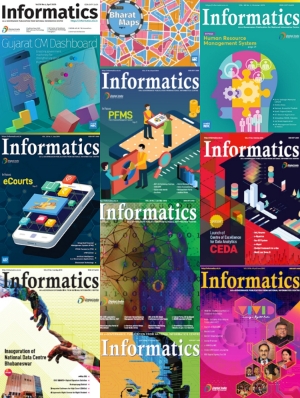Training of Officials and Employees at NIC, Banda, Uttar Pradesh
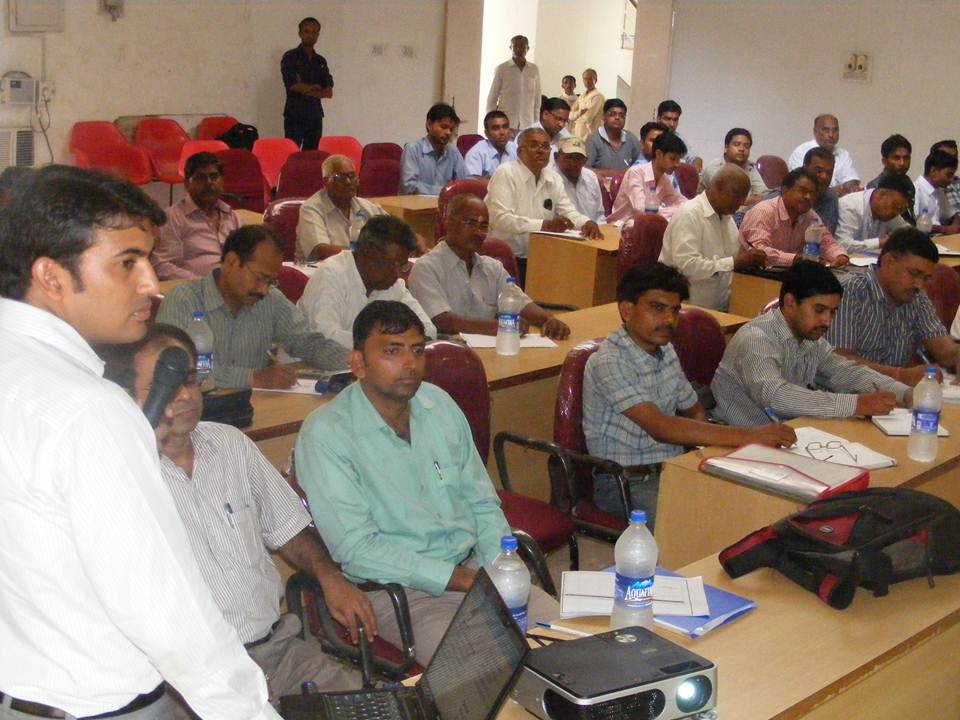
The state portal, SSDG and e Forms projects has been formulated under the National eGovernance plan (NeGP) that aims to provide government services to citizens at their nearest locality, through Common Service Centre delivery outlets. Government of Uttar Pradesh has defined 26 services from 8 different departments that will be available through the Common Service Centres in the beginning. After the Launch of the project on 1st August 2012, a common man will be able to fill applications electronically from these Common Service Centres and receive certificates from the same location.
To ensure proper and on time delivery of the services changes have been made in the existing processes of service flow and delivery. Training sessions are being organised across the state for government officials and employees to acquaint them with the new system. A workshop was conducted in Banda on 18th July 2012 for the district, tehsil & block level officials and employees of eight line government departments offering their services under the project. The objective of the workshop was to explain the process flow of the eServices and usage of digital signature to the government employees and officials.
The training was imparted by Shri. R.K Madan, District Informatics Officer, NIC Banda. Shri Neeraj Pandey from State eMission Team was also present during the workshop.
The state government has decided that services of eight line departments will be provided through the common service centres (CSC). These services include the birth, death, caste, domicile, pension, ration card, income certificates etc.




 Subscribe
Subscribe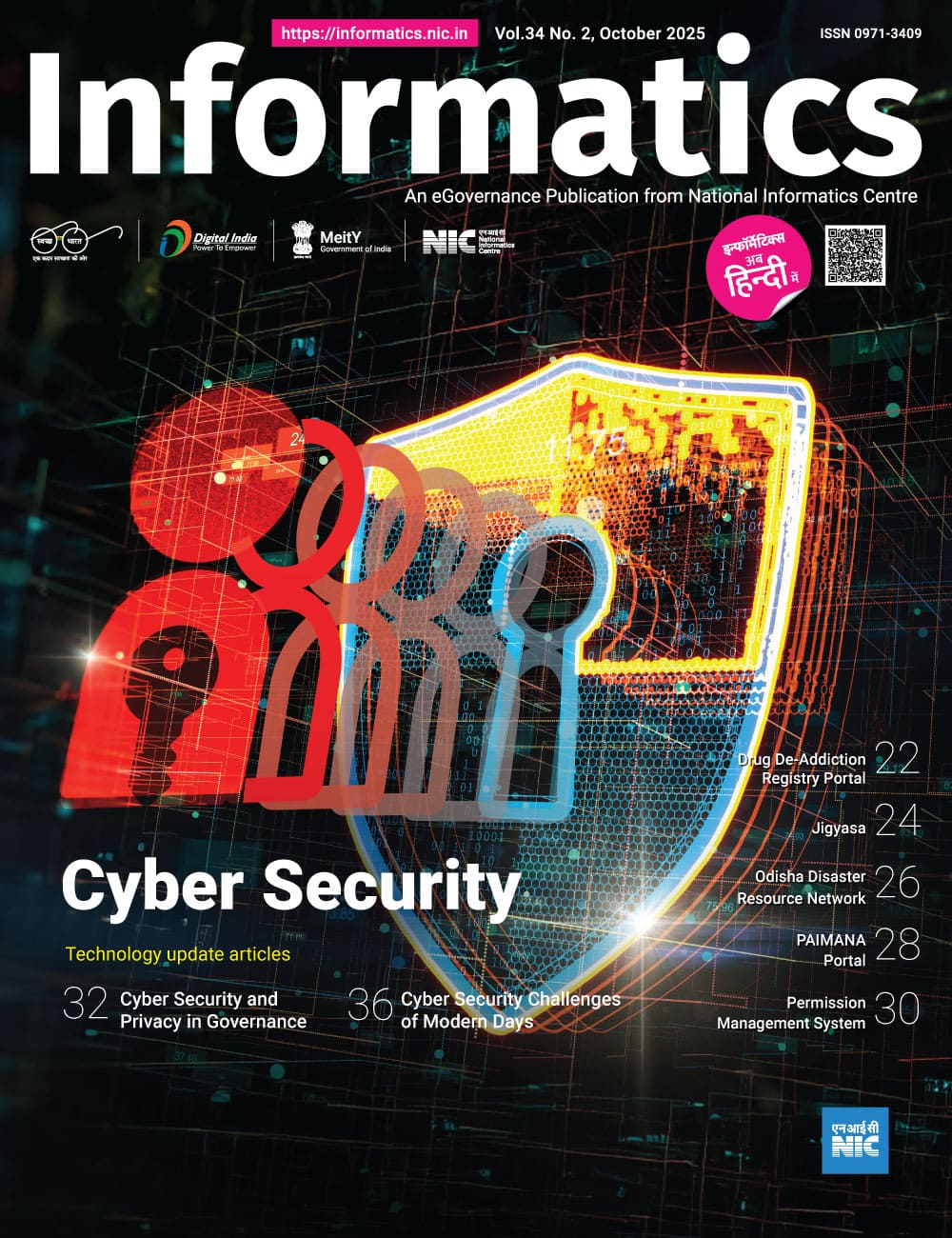
 Flipbook
Flipbook PDF (5.0 MB)
PDF (5.0 MB)
